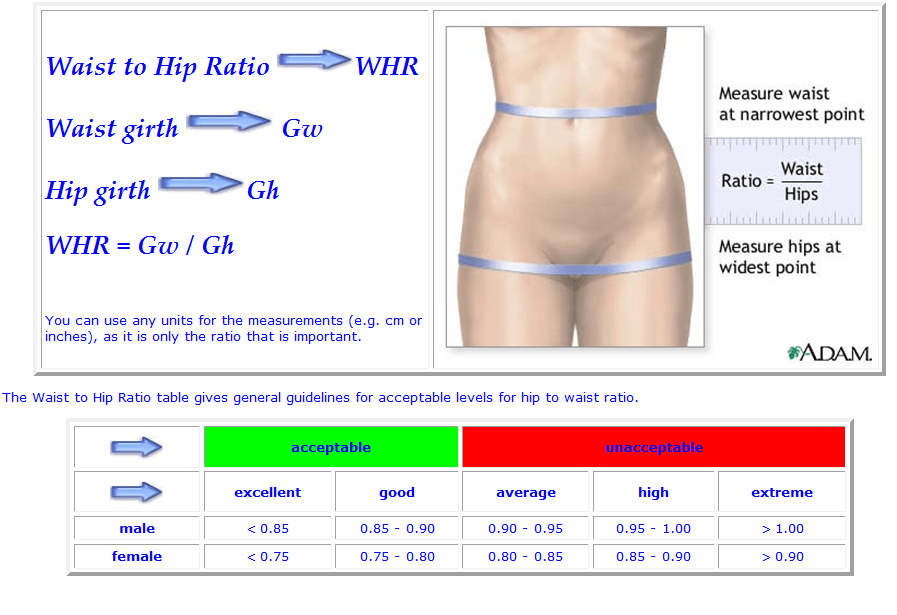If you have made a ‘resolution’ to eat better and lose weight this year, I applaud you. However, may I encourage you to go the distance – take the approach of “Taking Charge of Your Health!” Make a commitment to change! Many people who have decided to lose weight go looking for a ‘diet’ instead of focusing on wellness – a lifestyle change. Embracing wellness means being pro-active in managing your health. Educating yourself about proper nutrition so you can eat better, integrating regular exercise, and practicing good behaviours – all designed to prevent illness, increase energy, immunity, and an overall feeling of well-being.
If you are already worrying about staying motivated, remember that the main obstacle to long-term success is a short-term commitment to changing behaviour; while looking forward to going back to ingrained habits. Long-term success demands changing not only the way you eat and exercise, but also the way you think.
Lifestyle related diseases are on the rise in worldwide, especially in North America. It is important to remember that our behaviours affect our health, not just our appearance. Make commitments to:
Eat Better
- Poor nutrition leads to weight gain, obesity, diabetes, and high cholesterol – puts you at greater risk for heart disease.
- Eating well means eating well-balanced meals of ‘real’ foods – not shakes, power bars, herbs, or supplements.
- If your commitment is to eat better, it means that you need to know what to eat and how to combine foods to maximize nutrient absorption and stabilize blood sugars.
- You will find it easier to stay motivated by learning how to integrate five healthy meals into each day –avoiding dips in energy and food cravings.
Lose Weight
Losing weight means sticking to a healthy eating program, as well as incorporating physical activity.
Weight Loss Tips:
-
- Eat more vegetables, than anything else. Their fibre content fills you up – reducing your appetite. They provide many B-vitamins that help your body efficiently utilize carbohydrate, protein and fat.
- Get enough calcium – especially from milk products. More scientific research supports the theory that calcium helps you lose weight.
- Get enough protein from Meat/Alternatives (beef, pork, chicken, fish, eggs, legumes).
- Minimize your intake of starchy carbohydrates (breads, pasta, rice, potatoes).
- Do not overeat fruits. They contain sugar that will stimulate your appetite. Eat fruits with milk or yogurt – the protein in these products will slow the absorption of the fruit sugar into your bloodstream.
- Drink enough water. You need 8 – 10 cups/2 L – 2.5 L daily.
- Control your portions! You will gain weight from eating too much – even healthy foods.
- Minimize your selections of “empty- calorie foods”.
Exercise more
- Lack of Exercise leads to heart disease, obesity, and muscular injuries.
- Try to exercise 3 – 5 times per week for 45 – 60 minutes per session.
- Find something that you like to do and do it often. Find a buddy to accompany you if you need help to stay motivated.
Manage Blood Pressure
- High Blood Pressure can lead to heart attacks, kidney disease, and strokes.
- Regular exercise, balanced nutrition, and losing excess weight will help you manage your blood pressure.
- Don’t forget to take medications as prescribed.
Quit Smoking
- Smoking causes cancer and emphysema.
- Work hard on quitting.
Cut back on Alcohol
- Drinking excessive amounts of alcohol damages the liver, not to mention the depression and personal problems that follow.
- Drink moderately – one ‘small drink daily’. If you want to lose weight, no more than two per week.



